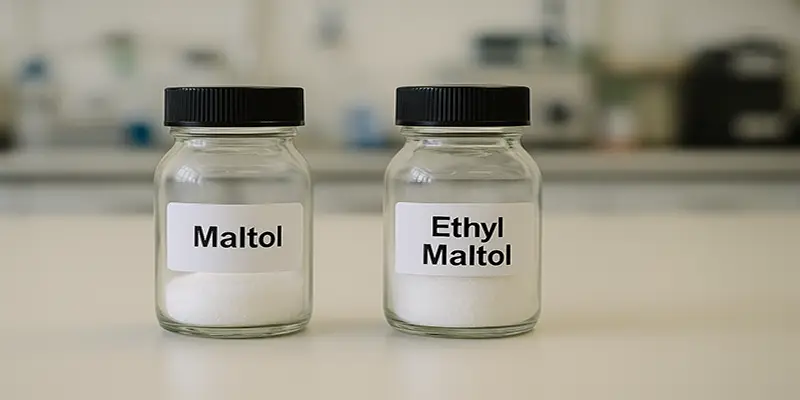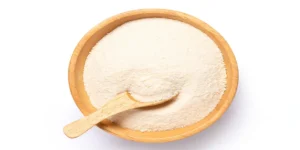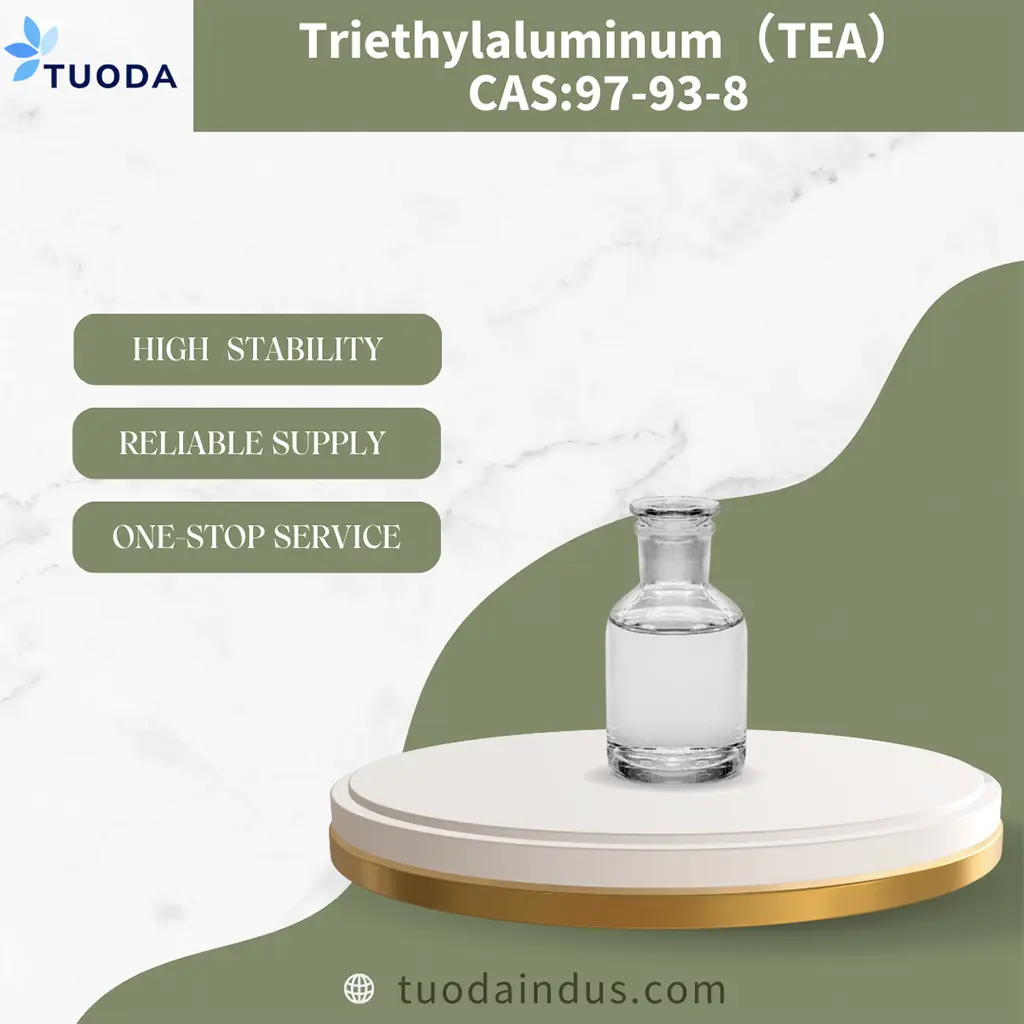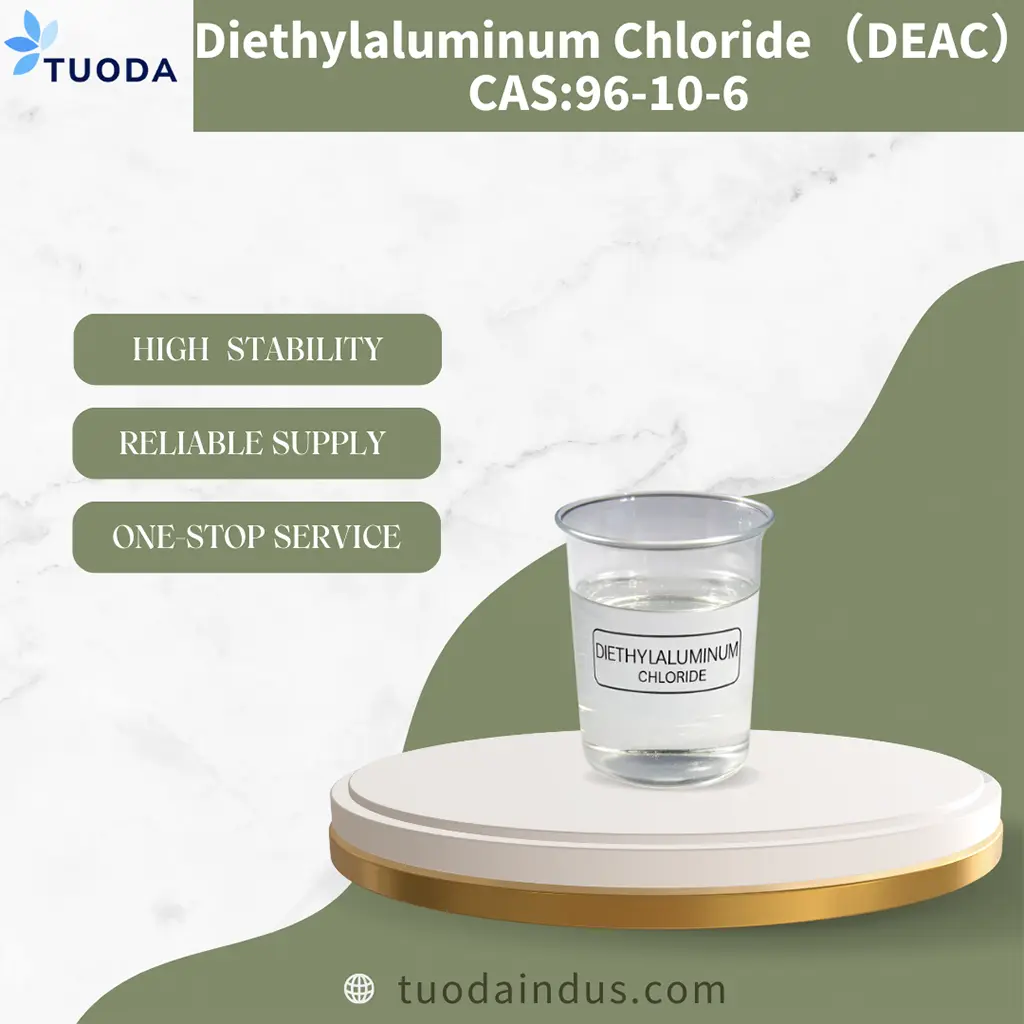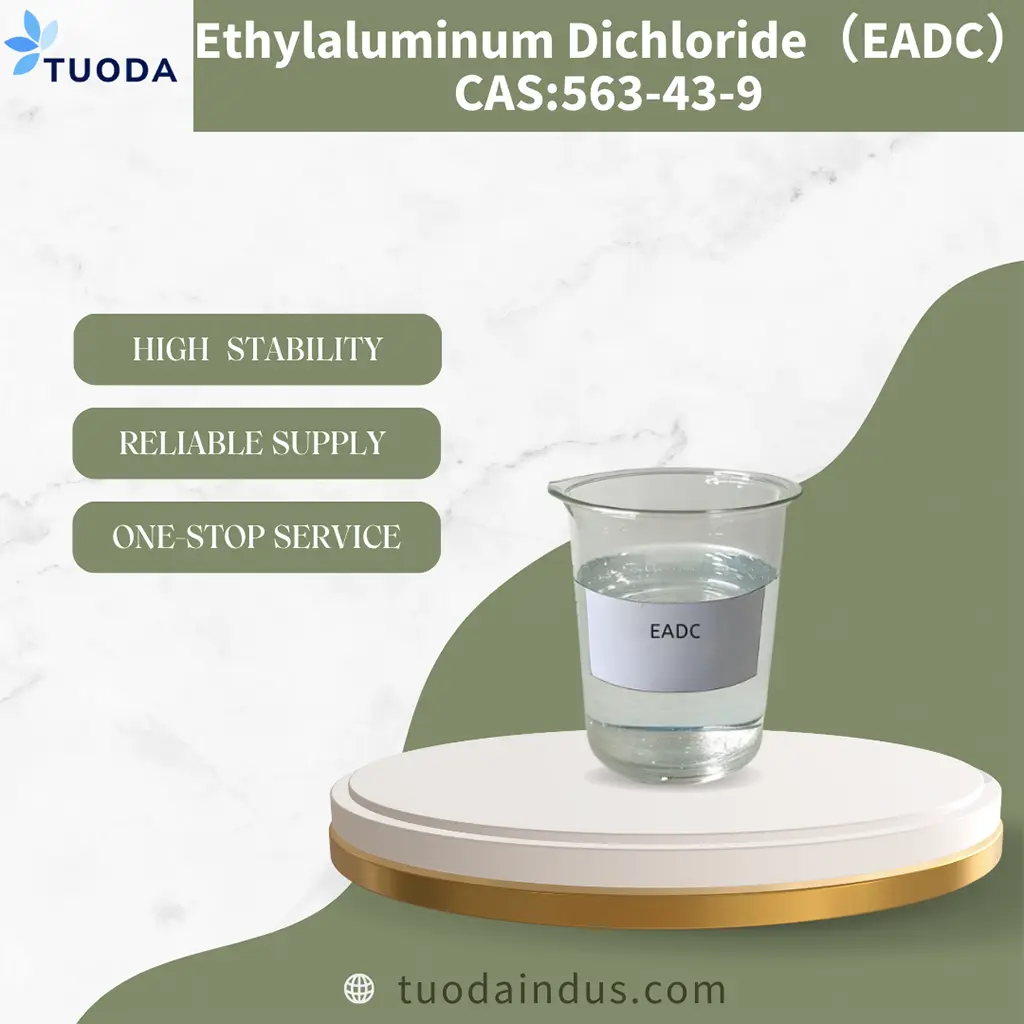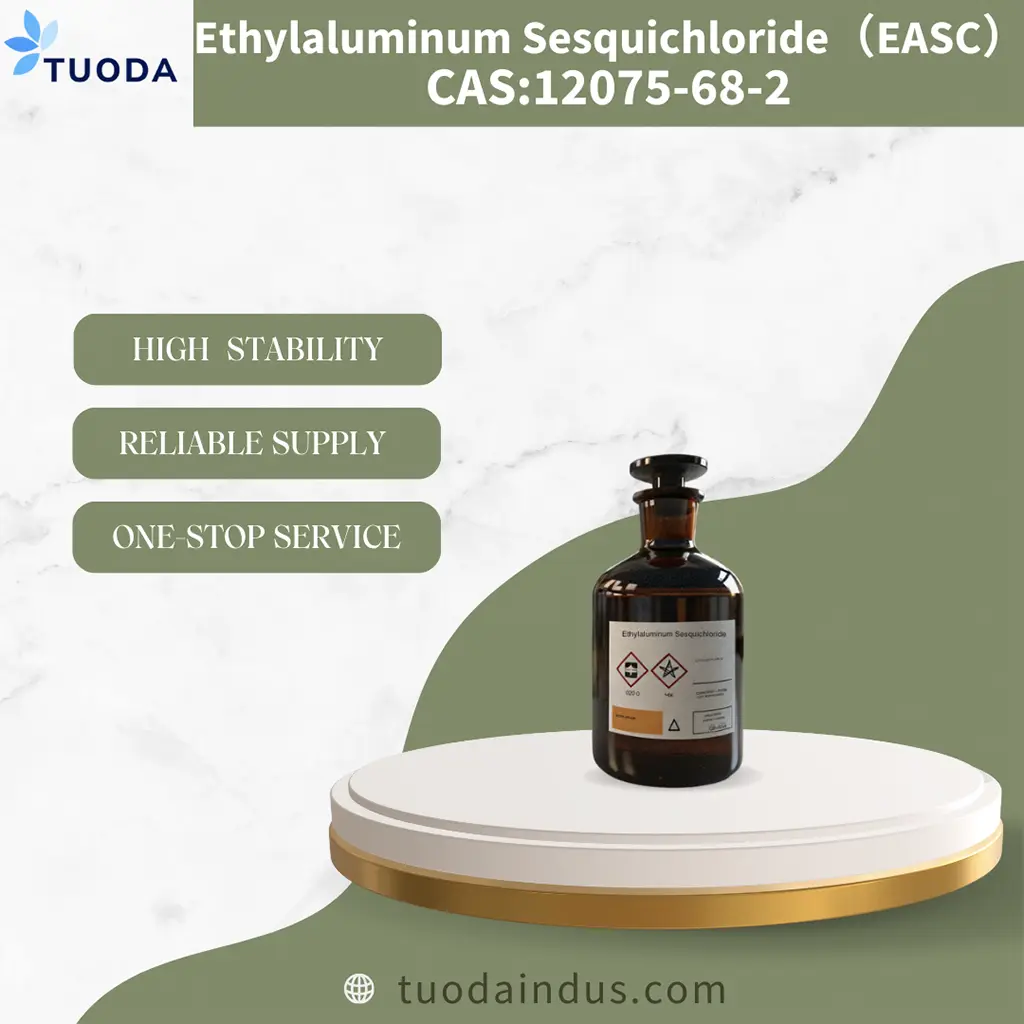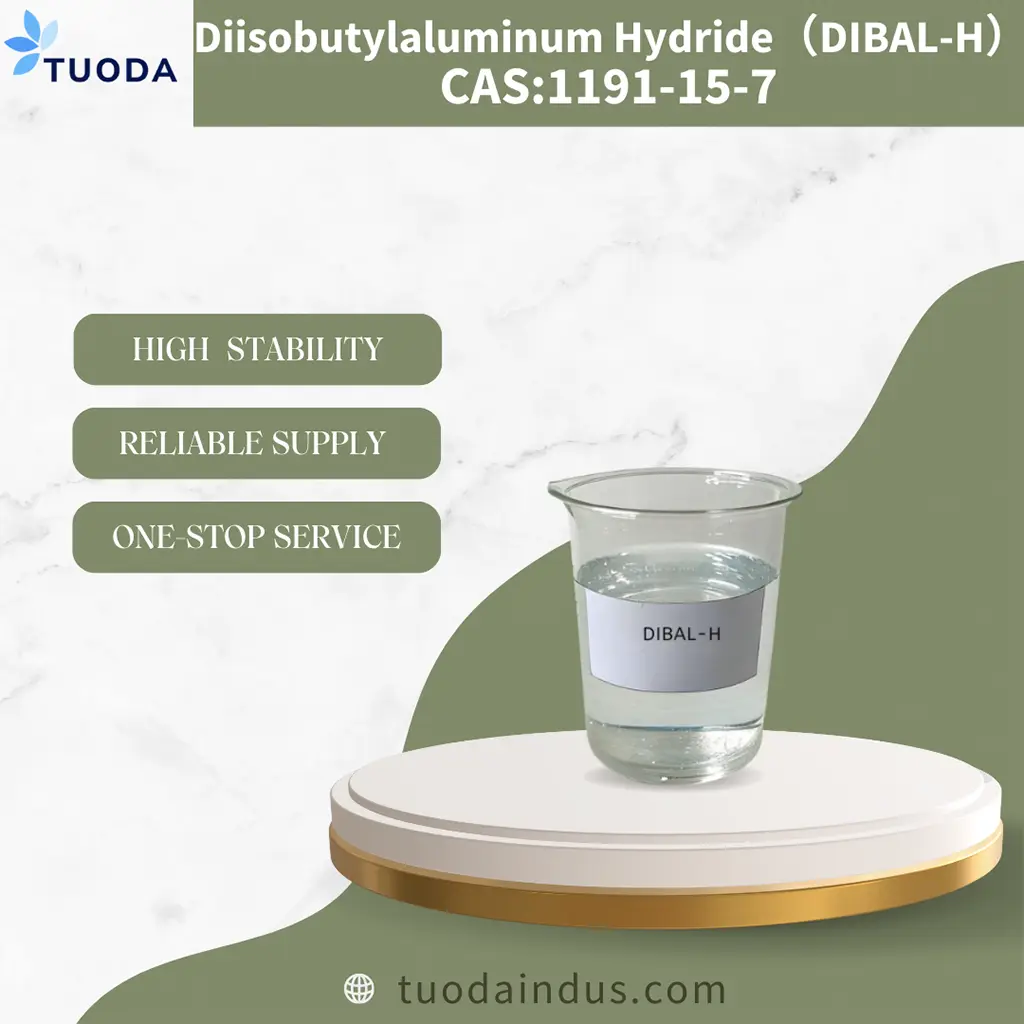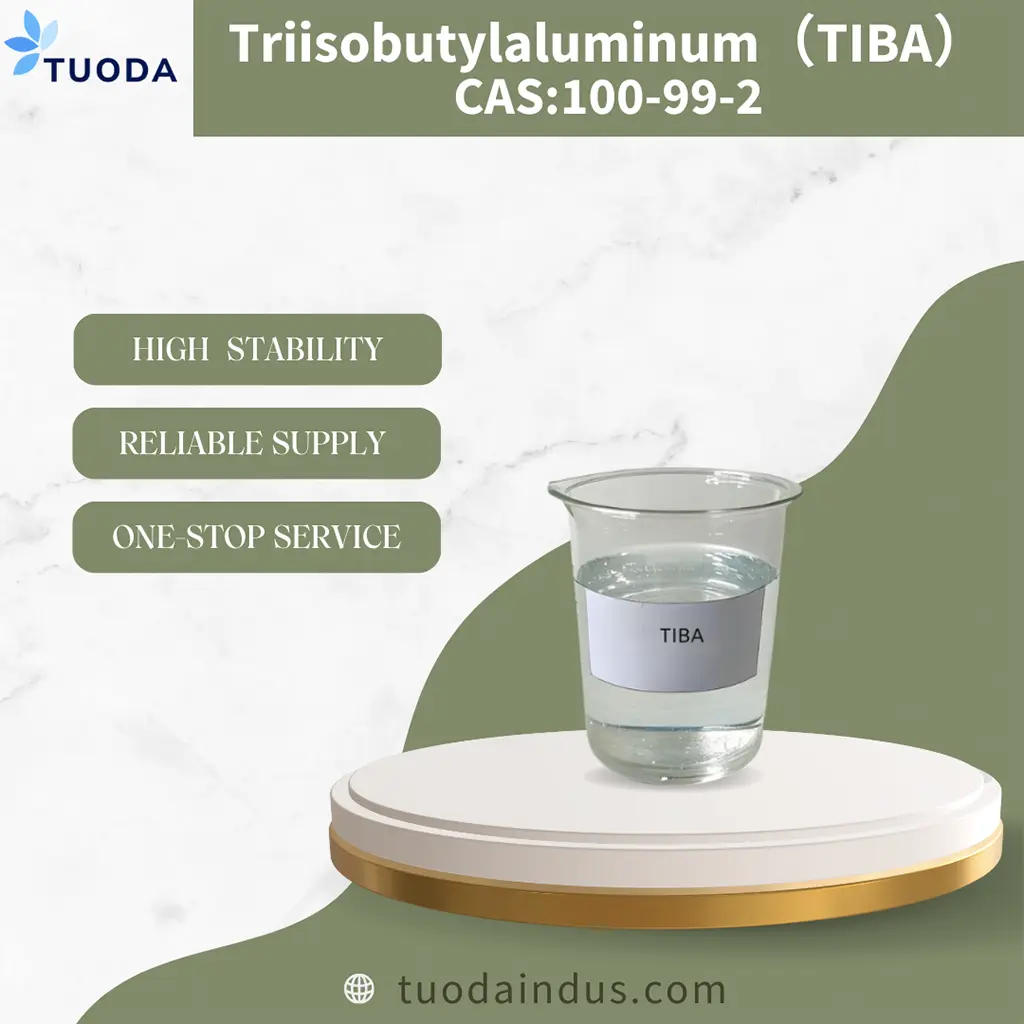Ethyl maltol[^1] is a powerful flavor enhancer widely used to improve the taste and aroma of products. From foods and beverages to fragrance and tobacco, this compound plays an important role in enhancing consumer experiences. In this article, we will share practical insights based on our industry knowledge and client collaboration.
Ethyl maltol is a synthetic organic compound with a sweet, caramel-like, and fruity aroma. It is well known for intensifying flavors and masking off-notes. Its broad applications and excellent performance have made it a staple in food formulations and beyond.
Keep reading for a complete understanding of ethyl maltol’s chemical characteristics, its mechanisms, safety profile[^2], and how to select the right supplier for your needs.
What Is Ethyl Maltol? A Quick Overview
Ethyl maltol is a versatile additive that delivers a pleasant sweet, caramel-like, and fruity aroma. It appears as a white crystalline powder, derived synthetically from maltol to ensure consistent purity and performance. Its chemical formula is C₇H₈O₃, and it is highly stable, making it easy to use across many food and industrial applications.
Chemical Structure and Properties
As a heterocyclic compound with a pyrone ring, ethyl maltol possesses unique flavor-modifying abilities. It amplifies sweetness and smooths out harsh tastes, harmonizing the overall flavor profile. It dissolves easily in water, ethanol, and propylene glycol, supporting a wide range of uses. Its melting point of 89–93°C helps maintain stability during processing.
We regularly see clients using ethyl maltol to strengthen flavor impact while preserving consistency. Our product is produced under strict purity standards, which helps maintain both effectiveness and compliance with international regulations.
Here is a snapshot of its typical characteristics:
| Property | Description |
|---|---|
| Chemical Formula | C₇H₈O₃ |
| Appearance | White crystalline powder |
| Odor | Sweet, caramel, fruity |
| Solubility | Water, ethanol, propylene glycol |
| Melting Point | 89–93°C |
Understanding these features helps manufacturers integrate ethyl maltol successfully into their product lines.
How Does Ethyl Maltol Enhance Flavor?
Ethyl maltol enhances the perception of sweetness and rounds out flavor profiles without contributing an overpowering taste of its own. It creates a smoother, more appealing flavor experience in everything from beverages to baked goods.
Mechanism of Flavor Enhancement
While its precise molecular interactions are complex, ethyl maltol is thought to interact with taste receptors and influence how aroma compounds are perceived. By amplifying sweet, fruity, or chocolate notes and reducing bitterness or acidity, it provides a balanced and harmonious taste.
For example, in a fruit-flavored drink, ethyl maltol can intensify the natural fruit notes and reduce unwanted sourness. In a confectionery product, it can enrich caramel or vanilla notes, providing a fuller and more satisfying flavor. We have supported clients who used ethyl maltol to dramatically improve the overall impression of their products with very small dosages.
Here is a summary of its functional contributions:
- Sweetness Enhancement: Increases perceived sweetness with less sugar
- Flavor Harmonization: Smooths harsh or unbalanced notes
- Aroma Boosting: Improves volatility of pleasant aromas
- Off-Note Masking: Reduces bitter, metallic, or acidic tastes
These properties make ethyl maltol an essential tool in modern food science and formulation.
Ethyl Maltol vs. Maltol: What’s the Difference?
Ethyl maltol and maltol share structural similarities, but they are not identical. Both contribute sweet, caramel-like notes, yet ethyl maltol is more potent thanks to an added ethyl group in its molecular structure. This change makes its sweetness and aroma stronger and longer lasting.
Chemical and Sensory Differences
Maltol occurs naturally in roasted malt, chicory, and caramelized foods, with the formula C₆H₆O₃. Ethyl maltol, with formula C₇H₈O₃, is a synthetic derivative designed for higher intensity. You need less ethyl maltol to achieve the same effect, making it more efficient for certain applications.
For example, confectionery manufacturers seeking a bold, lingering sweet profile may favor ethyl maltol, while maltol might suit products where a subtler, toasty note is desired. Based on our experience, helping clients choose between these two depends on their target flavor, product matrix, and desired strength.
| Feature | Ethyl Maltol | Maltol |
|---|---|---|
| Origin | Synthetic | Naturally occurring |
| Potency | Higher | Lower |
| Flavor Profile | Strong sweet, caramel, fruity | Softer, caramel, warm |
| Chemical Formula | C₇H₈O₃ | C₆H₆O₃ |
Understanding these differences allows for better selection and formulation success.
Is Ethyl Maltol Safe to Eat? Regulatory and Food Safety Insights
Ethyl maltol is broadly recognized as safe by international regulatory bodies when used within approved limits. The U.S. FDA lists it as Generally Recognized As Safe (GRAS), and the EFSA has established an acceptable daily intake (ADI) based on extensive scientific review.
Regulatory Status
Because ethyl maltol is highly potent, only small quantities are needed. This low usage level further supports its safety profile. We always provide Certificates of Analysis (COA) and Material Safety Data Sheets (MSDS) with our shipments to help clients meet their regulatory and quality requirements.
Procurement professionals, like David from India, often ask for traceable documentation and test results. We prioritize transparency and provide robust quality records to support customer audits, making it easier to pass inspections and maintain global compliance.
Key regulatory facts:
- FDA (USA): Generally Recognized As Safe (GRAS)
- EFSA (EU): Acceptable Daily Intake (ADI) established
- Other markets: Permitted under national food additive regulations
Industrial Applications Beyond Food: Fragrance and Tobacco
Ethyl maltol’s benefits extend far beyond food and beverages. Its pleasant aroma and sweet taste are valuable in fragrance, tobacco, and cosmetic applications.
Broader Industry Uses
In the fragrance industry[^3], ethyl maltol adds warm, gourmand-like notes to perfumes, improving richness and smoothing complex scent profiles. In tobacco products[^4] and e-liquids, it helps reduce harshness and contributes a sweeter, more enjoyable experience. Similarly, personal care items like lip balms and lotions often incorporate ethyl maltol[^5] for a gentle, sweet aroma.
Our production and supply capabilities are designed to meet the demands of these industries, delivering consistent purity and technical support across diverse applications.
How to Choose a Reliable Ethyl Maltol Supplier
Selecting a dependable supplier is critical for maintaining product quality, regulatory compliance, and a stable supply chain. Here are the key points to evaluate:
- Product Quality: Confirm high purity with batch COAs
- Production Capacity: Ensure they can meet your required volumes
- Regulatory Support: Request complete export documentation
- Communication: Look for a responsive, technically knowledgeable team
- MOQ & Pricing: Seek flexibility and transparency
- Reputation: Check track record and references
At TUODA, we prioritize these factors with every client relationship. We believe this builds long-term trust and ensures your projects succeed.
Typical Packaging, Storage, and Quality Specifications
Proper handling of ethyl maltol preserves its stability and effectiveness. It is usually packed in fiber drums or cartons with polyethylene or aluminum foil inner liners to protect from moisture and light. Common sizes range from 1 kg to 25 kg to meet varied needs.
Storage should be cool, dry, and away from direct sunlight and heat sources. Kept in tightly closed containers, ethyl maltol generally retains its properties for up to 24 months. Quality parameters are verified batch by batch to support product performance:
| Specification | Typical Value |
|---|---|
| Assay (Purity) | ≥99.0% |
| Melting Point | 89–93°C |
| Loss on Drying | ≤0.5% |
| Residue on Ignition | ≤0.05% |
| Heavy Metals | ≤10 ppm |
We provide detailed documentation with every order to support client quality assurance.
Frequently Asked Questions About Ethyl Maltol
Q1: What is the main difference between ethyl maltol and vanillin?
A: Ethyl maltol boosts sweetness and fruity notes, while vanillin specifically delivers a vanilla flavor. They are often used together for complementary effects.
Q2: Can ethyl maltol be used in organic food products?
A: Because it is synthetic, ethyl maltol typically does not qualify for certified organic labels.
Q3: What is the typical dosage range?
A: 1–100 ppm depending on the application, with many products using 5–20 ppm.
Q4: Does it have nutritional value?
A: No, it is a functional additive without calories or nutrients.
Q5: What forms are available?
A: White crystalline powder is standard, with liquid solutions possible for specific applications.
Conclusion and Call to Action
Ethyl maltol is a powerful, versatile flavor enhancer with proven performance in food, fragrance, and tobacco applications. It is recognized as safe, highly effective, and well supported by global regulations.
If you are interested in sourcing high-purity ethyl maltol with complete export documentation and technical support, please contact TUODA Industry Limited today for a quotation or sample discussion.
[^1]: Explore the benefits of Ethyl maltol to enhance flavors and aromas in various products, improving consumer satisfaction.
[^2]: Learn about the safety profile of Ethyl maltol to ensure compliance and consumer safety in your products.
[^3]: Learn how ethyl maltol enhances perfumes and fragrances, adding depth and richness to scent profiles.
[^4]: Discover how ethyl maltol improves the flavor and experience of tobacco products and e-liquids.
[^5]: Explore the diverse uses of ethyl maltol in fragrance, tobacco, and cosmetics to understand its versatility and benefits.


